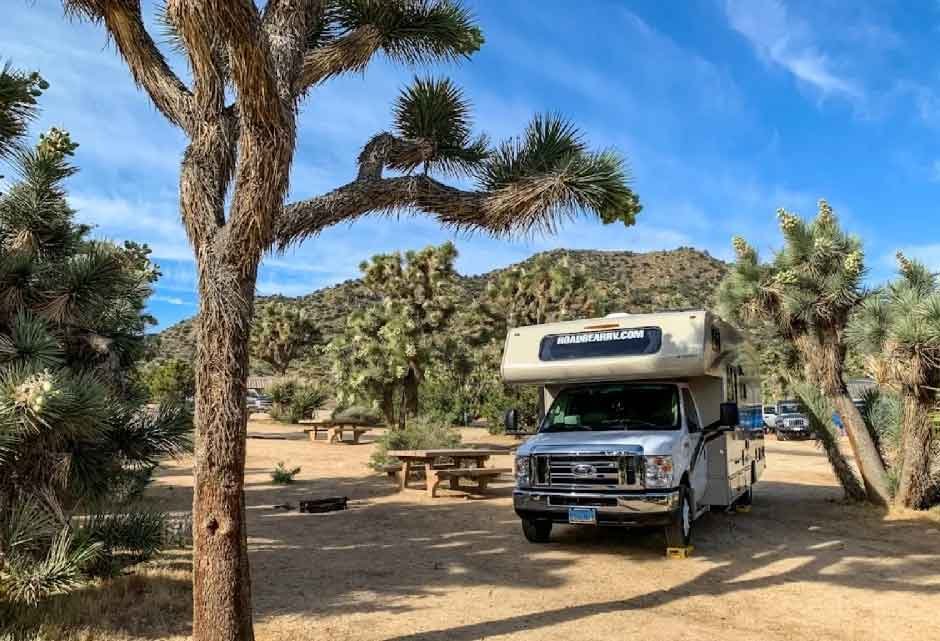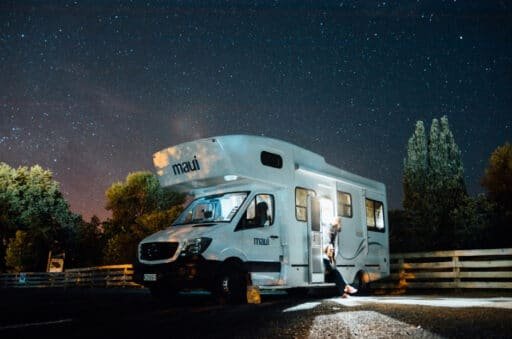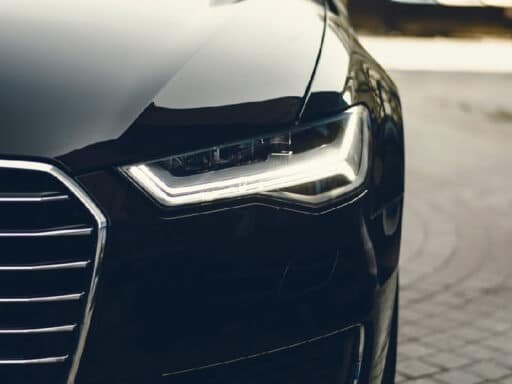Recreational vehicles stand as symbols of freedom and adventure, offering a home away from home. Yet, this significant investment also demands protection from the elements to ensure its longevity. Whether shielding your vehicle from harsh sun, relentless rain, or icy grips of winter, an RV cover is essential in maintaining your RV’s condition. The market, rich with various materials and styles, can be daunting to navigate. Below, we unlock the mysteries behind selecting the perfect cover for your home on wheels.
The Importance of Protecting Your RV With the Right Cover
Investing in a protective cover for your RV isn’t a luxury; it’s a necessity. Without it, the RV is vulnerable to the ravages of nature, including UV damage, moisture intrusion, and dirt accumulation. These factors can lead to faded paint, cracked sidings, and even structural damage over time.
More than aesthetics, a properly fitted RV cover can prevent costly repairs by minimizing wear and tear on the roof and body. It’s a practical measure that helps retain the value of your vehicle and ensures it remains road-ready for years to come.
Using an RV cover also has practical daily benefits. It keeps the RV clean between trips, reducing the time and effort required for maintenance. Furthermore, it can deter wildlife and insects from making your RV their home.
Exploring Materials: Polypropylene vs. Polyester RV Covers
Material choice is paramount when selecting an RV cover. Polypropylene covers are popular due to their breathability, which discourages mold and mildew growth by allowing moisture to escape. They’re often lighter and easier to handle, making them a favorable choice for RV owners.
On the other hand, polyester RV covers offer superior strength and durability. They are less prone to tears and can withstand more abrasive conditions. Additionally, polyester often fares better in sunny climates as it’s more resistant to UV degradation than polypropylene.
Each material, though, comes with its accommodations. Polypropylene tends to be less water-resistant and might not hold up as long in areas with heavy precipitation. Conversely, while polyester covers are water-repellent, their reduced breathability can trap moisture underneath, resulting in potential damage.
Specialty RV Covers: Understanding Weatherguard and Sunblocking Technology
Advancements in cover technology have ushered in a variety of RV covers designed to combat specific environmental conditions. Weatherguard technology is engineered to protect against heavy snowfall, torrential rains, and even hail. These covers are built to last, offering heavy-duty protection that can outperform standard covers in extreme weather.
For sun-drenched locales, sunblocking RV covers are invaluable. They utilize materials that reflect UV rays, substantially reducing the heat accumulation inside the vehicle and preventing sun damage to exterior surfaces. This specialized protection is essential to keep the RV cool and ensure the longevity of its exterior finishes.
Despite the enhanced protection that specialty covers offer, they still need to breathe. Ventilation is crucial to prevent moisture buildup, so look for covers that include air vents to promote air circulation. This consideration helps to prevent rust and corrosion of RV components over time.
Care and Maintenance Tips for Extending the Life of Your Car Cover


Like any investment, an RV cover requires care to maximize its protective lifespan. Cleaning the cover regularly is a fundamental practice. Removing debris, leaves, and dirt prevents the degradation of materials and keeps the cover functioning optimally.
When it comes to washing, following the manufacturer’s guidelines is critical. Some covers may be machine washable, while others require hand cleaning with mild soap, avoiding harsh chemicals that can break down the cover materials over time.
Storage practices play a pivotal role in extending cover life. When not in use, your cover should be dry and folded neatly to prevent mildew and creases. A storage bag can provide additional protection against dust and insects, preserving the condition of the cover until it’s needed again.
Overall, the longevity and appearance of your RV heavily depend on the quality and appropriateness of the cover you choose. By considering materials, specialized technologies, the choice between custom-fit or universal options, and following proper care maintenance, your RV cover can preserve your vehicle’s condition for many adventures to come.





